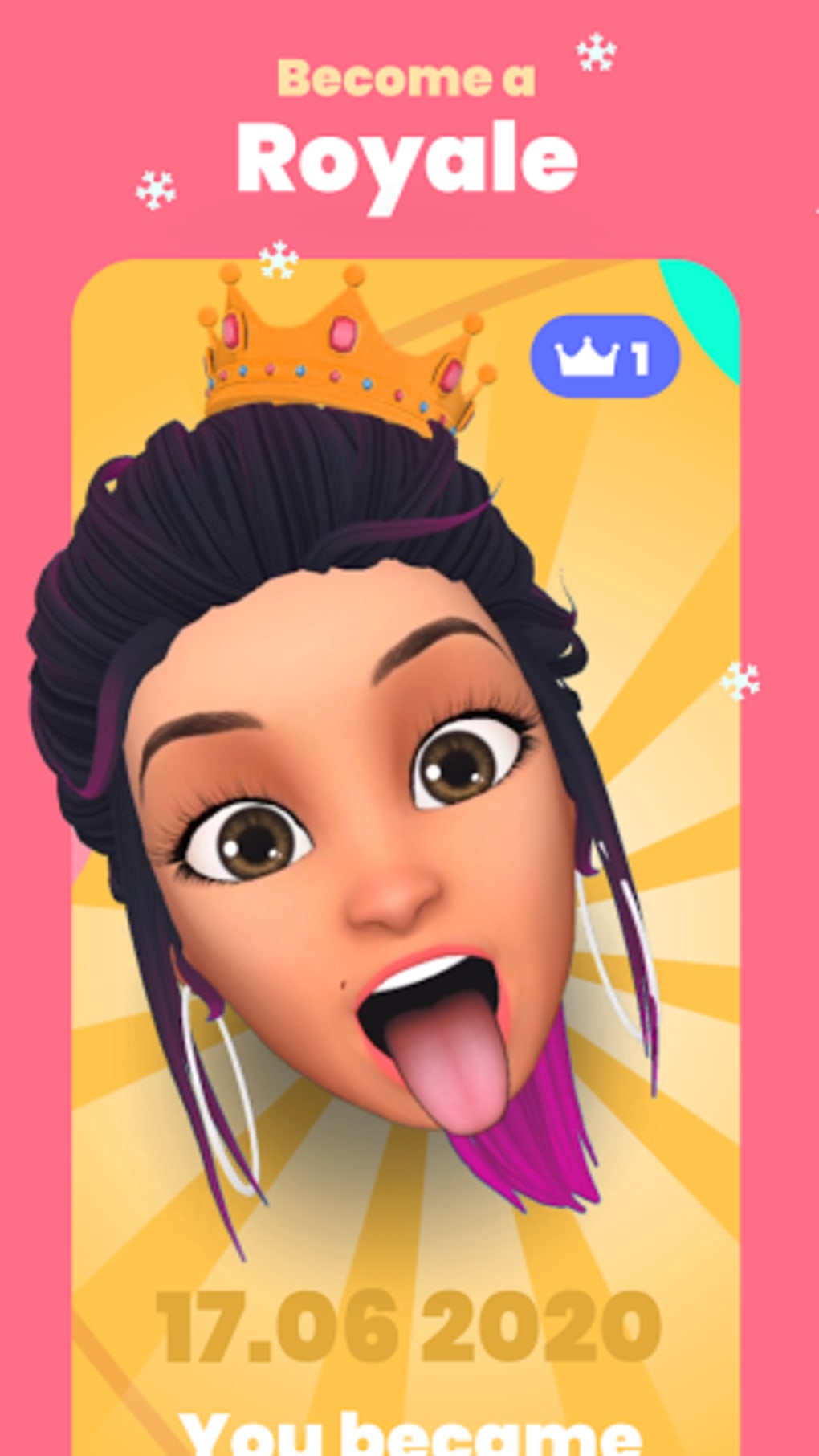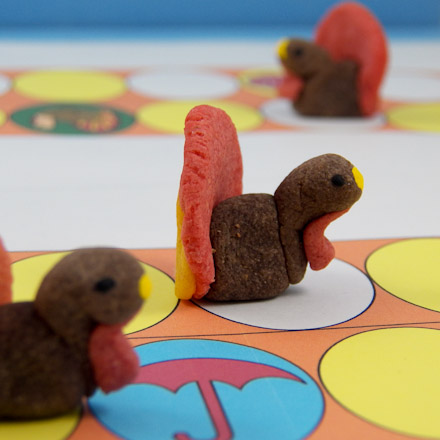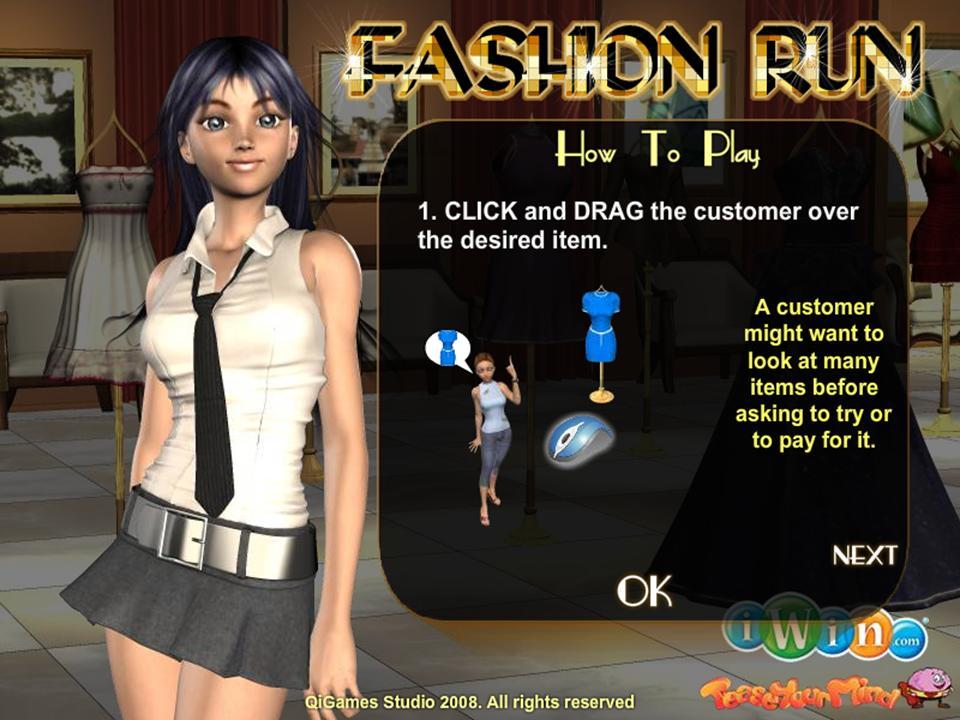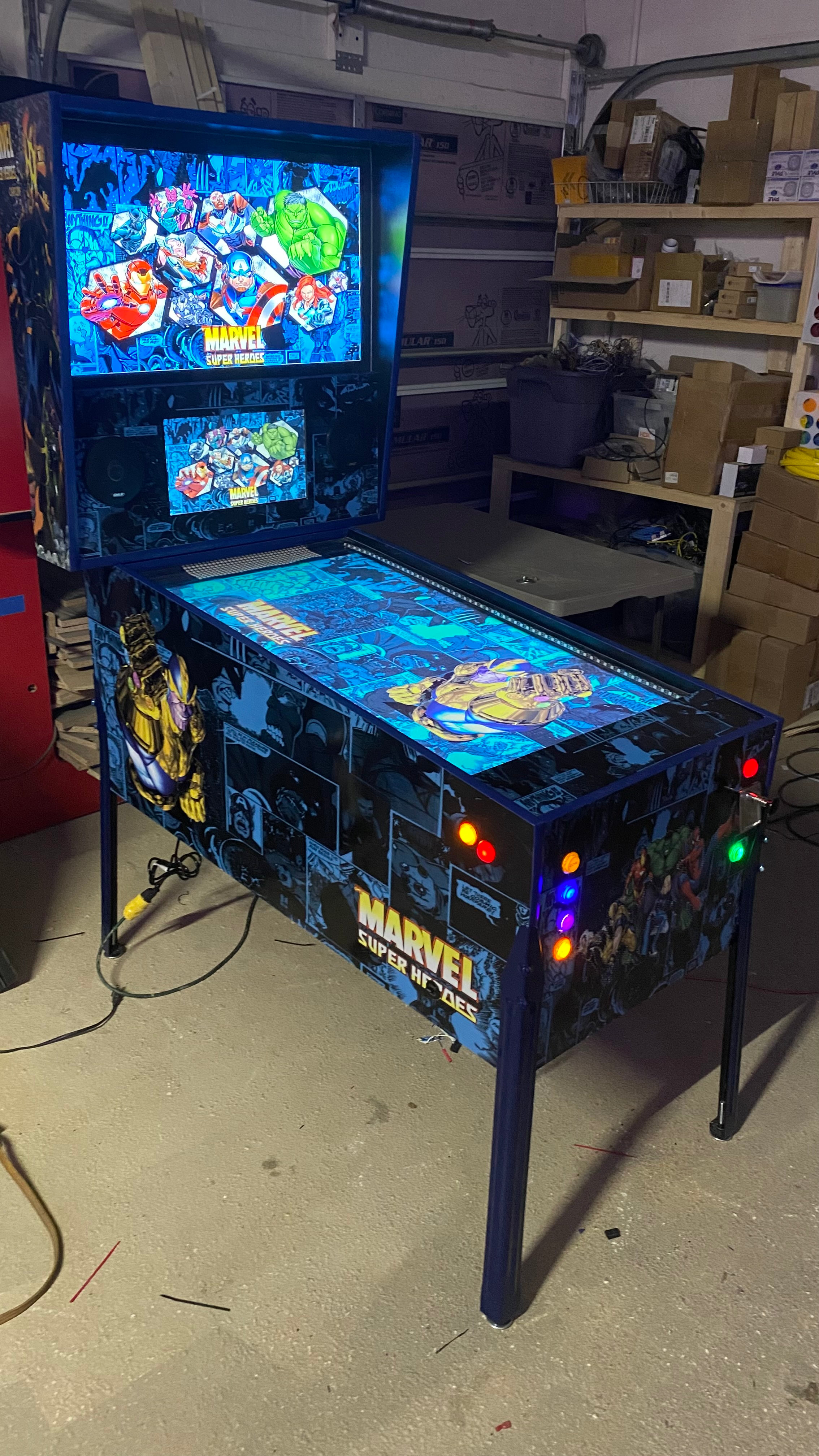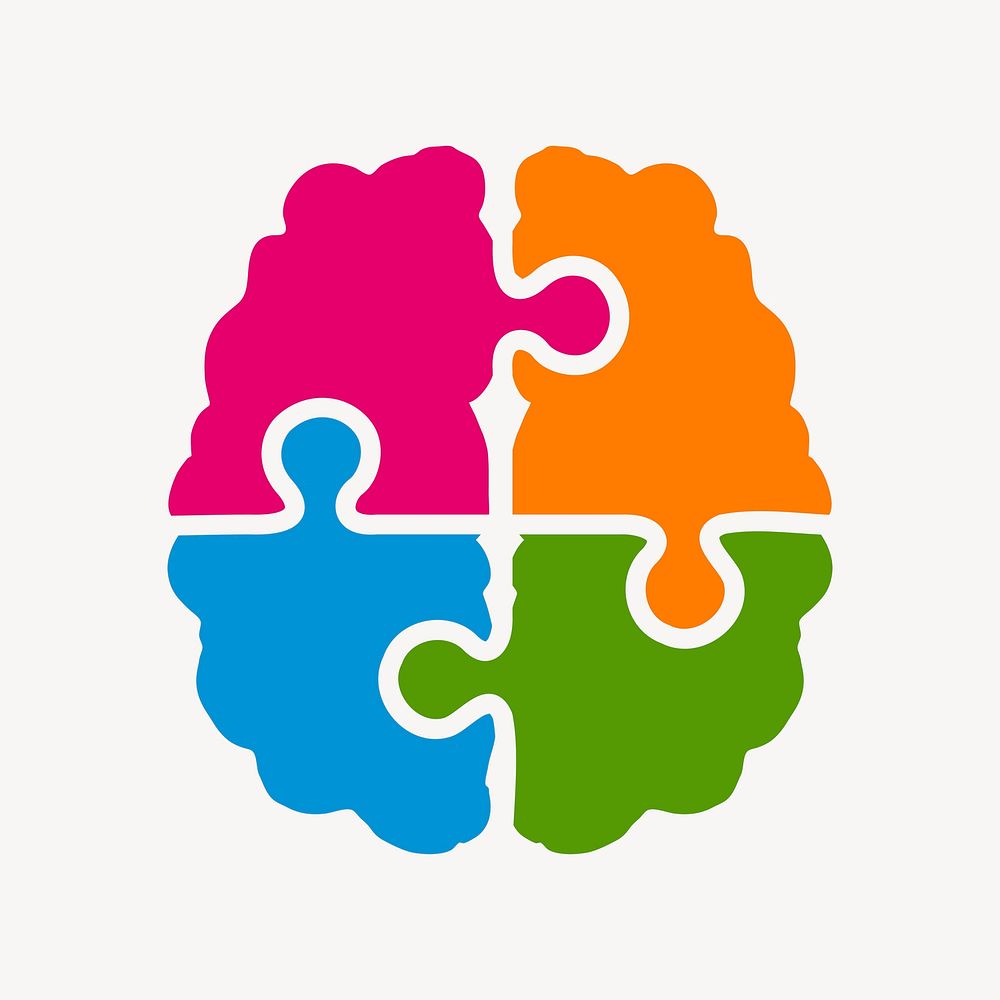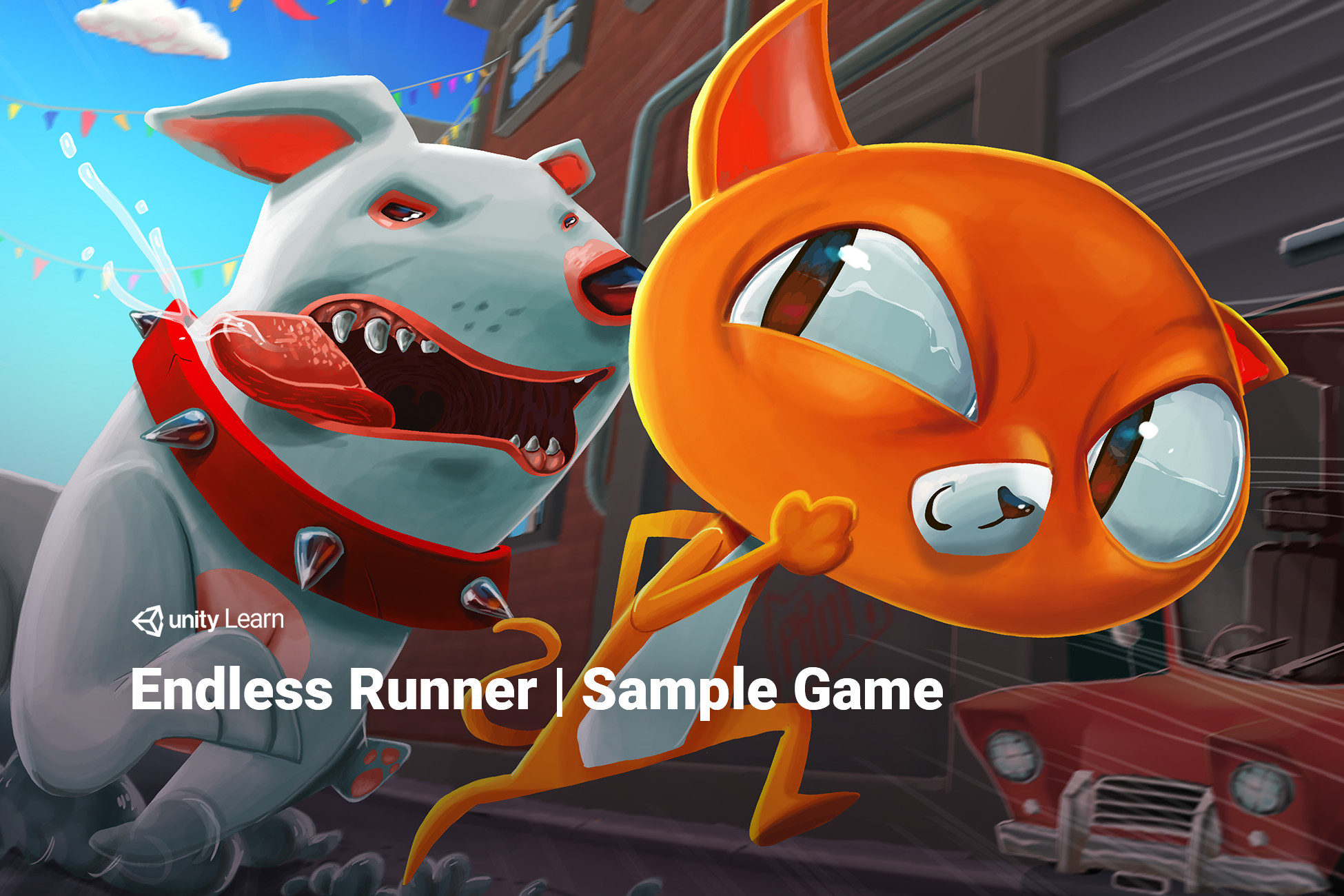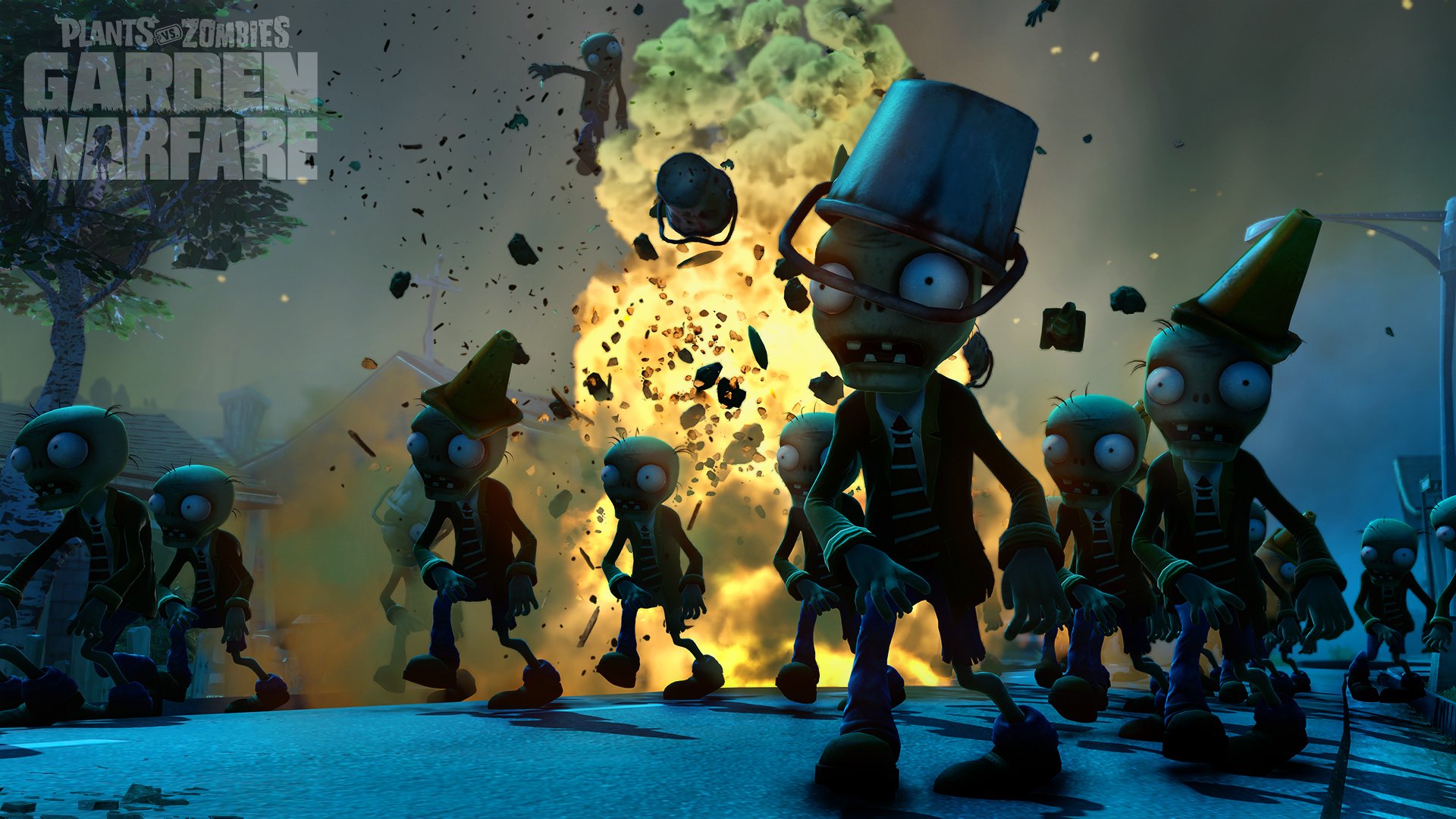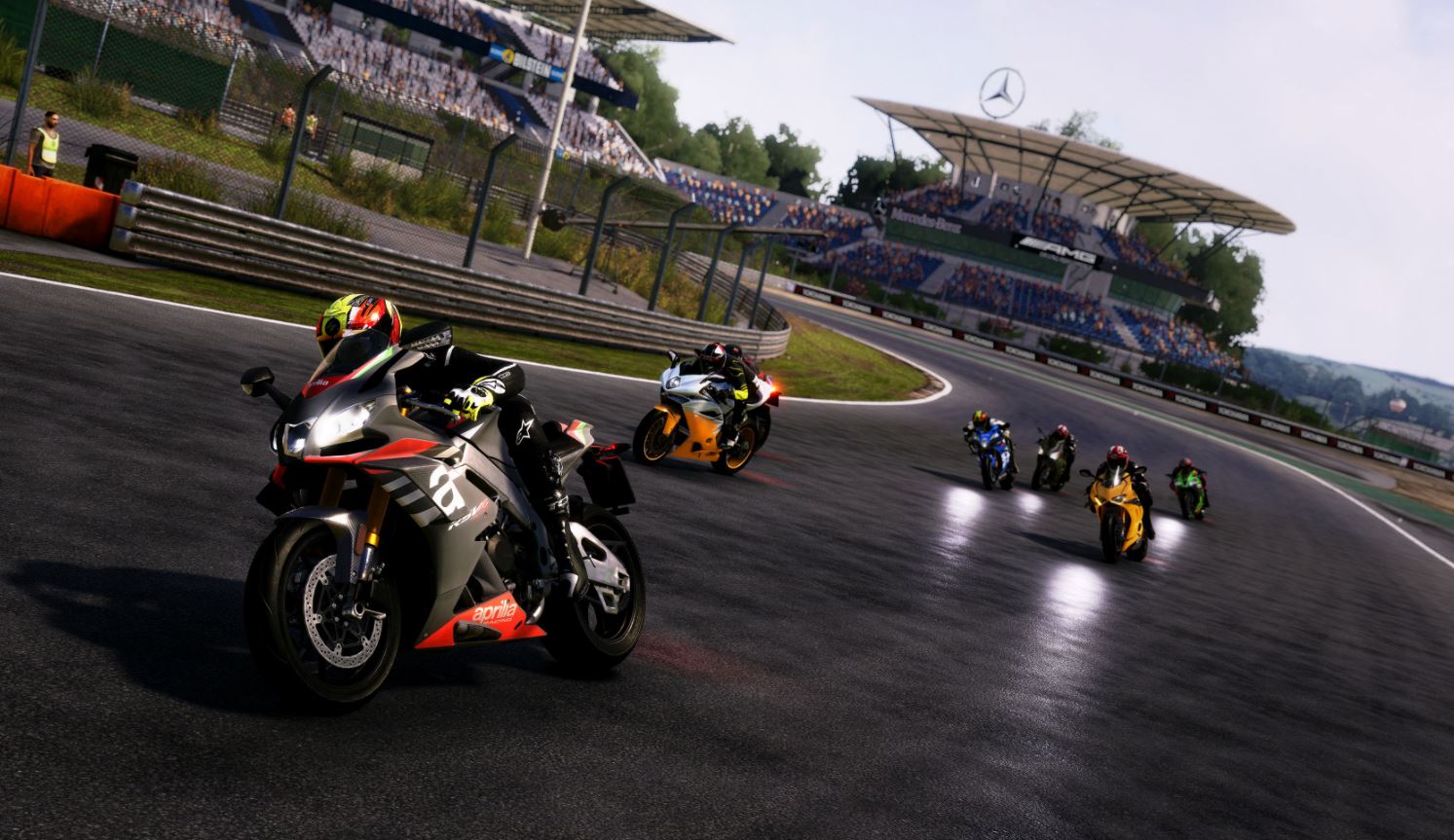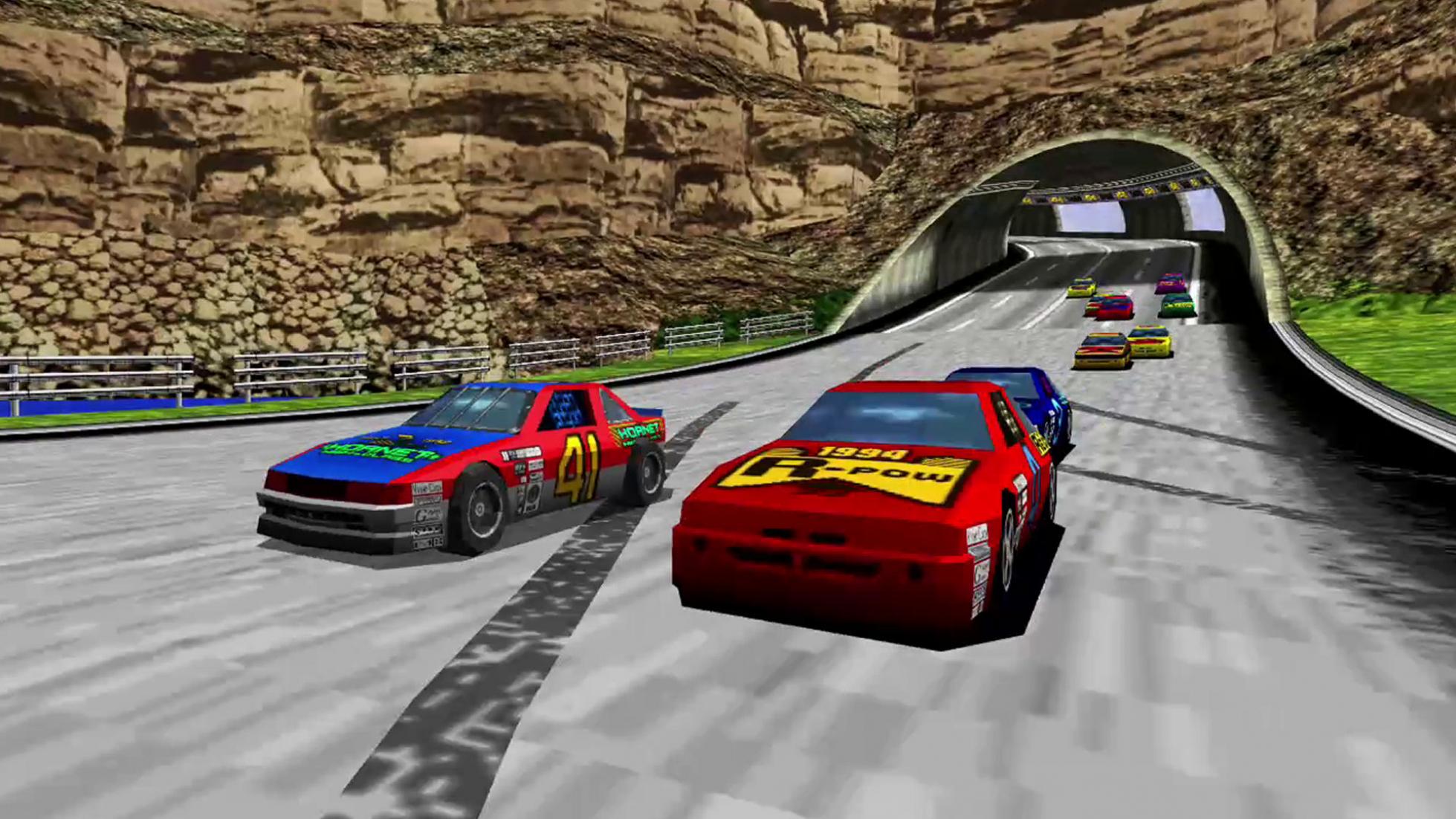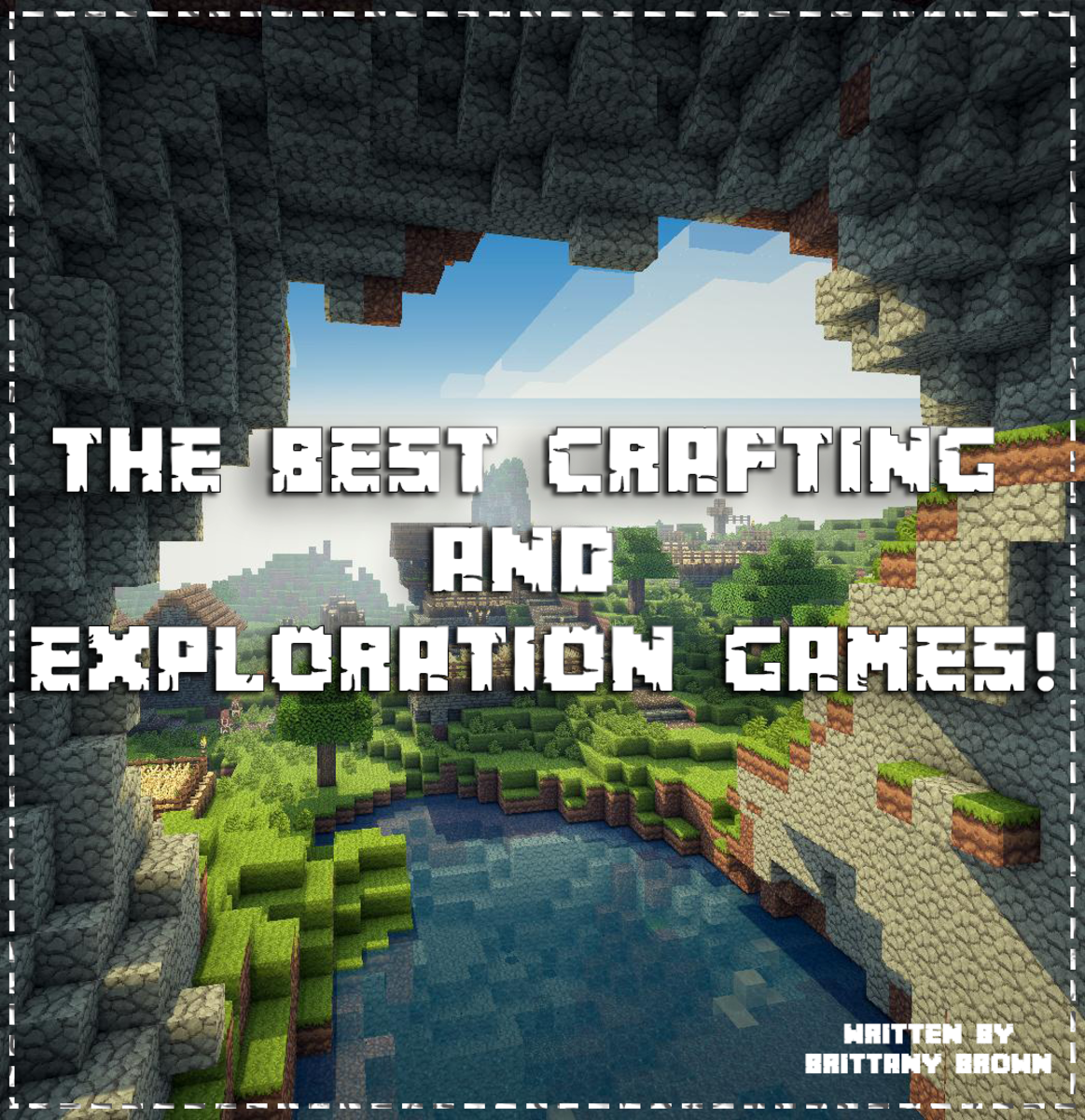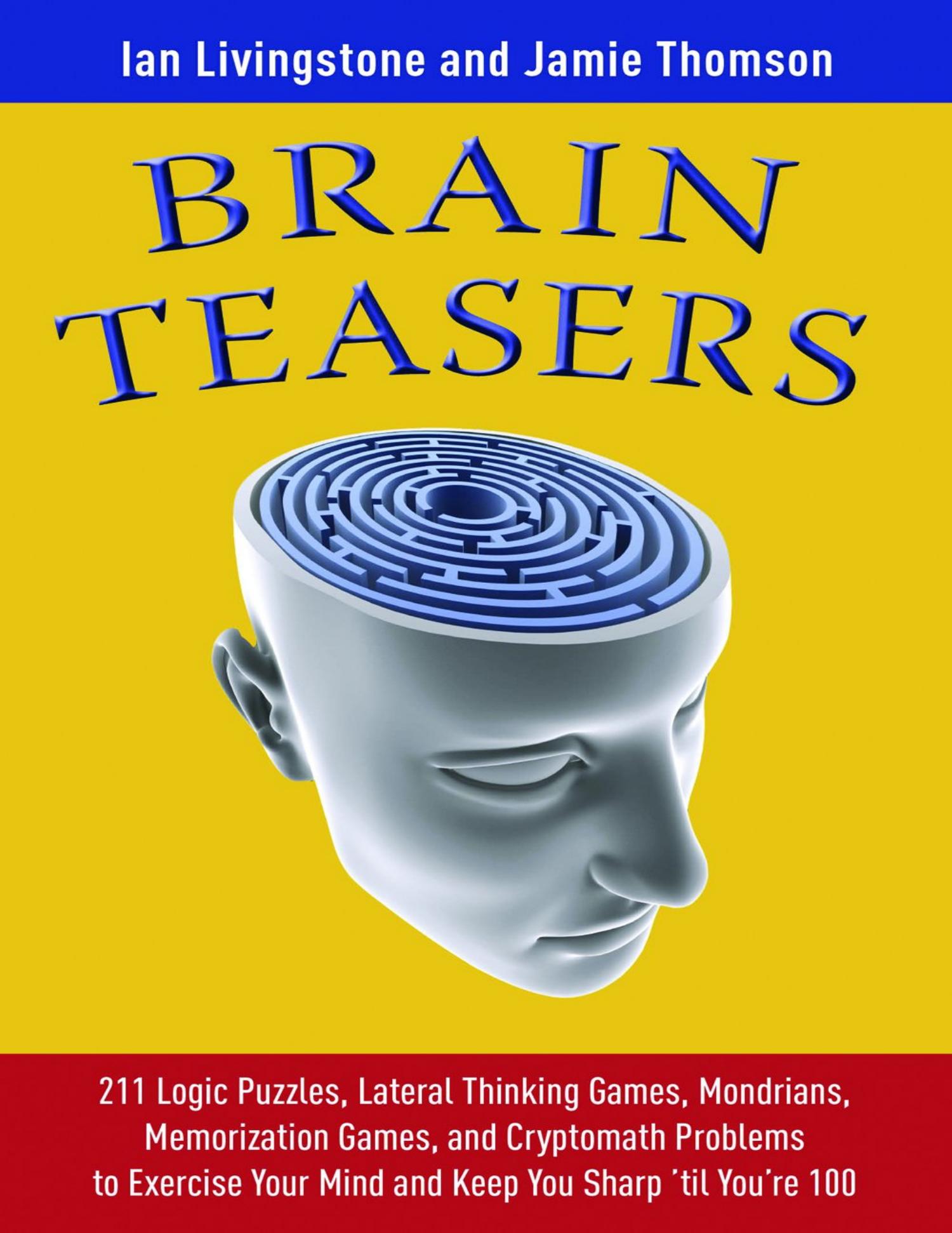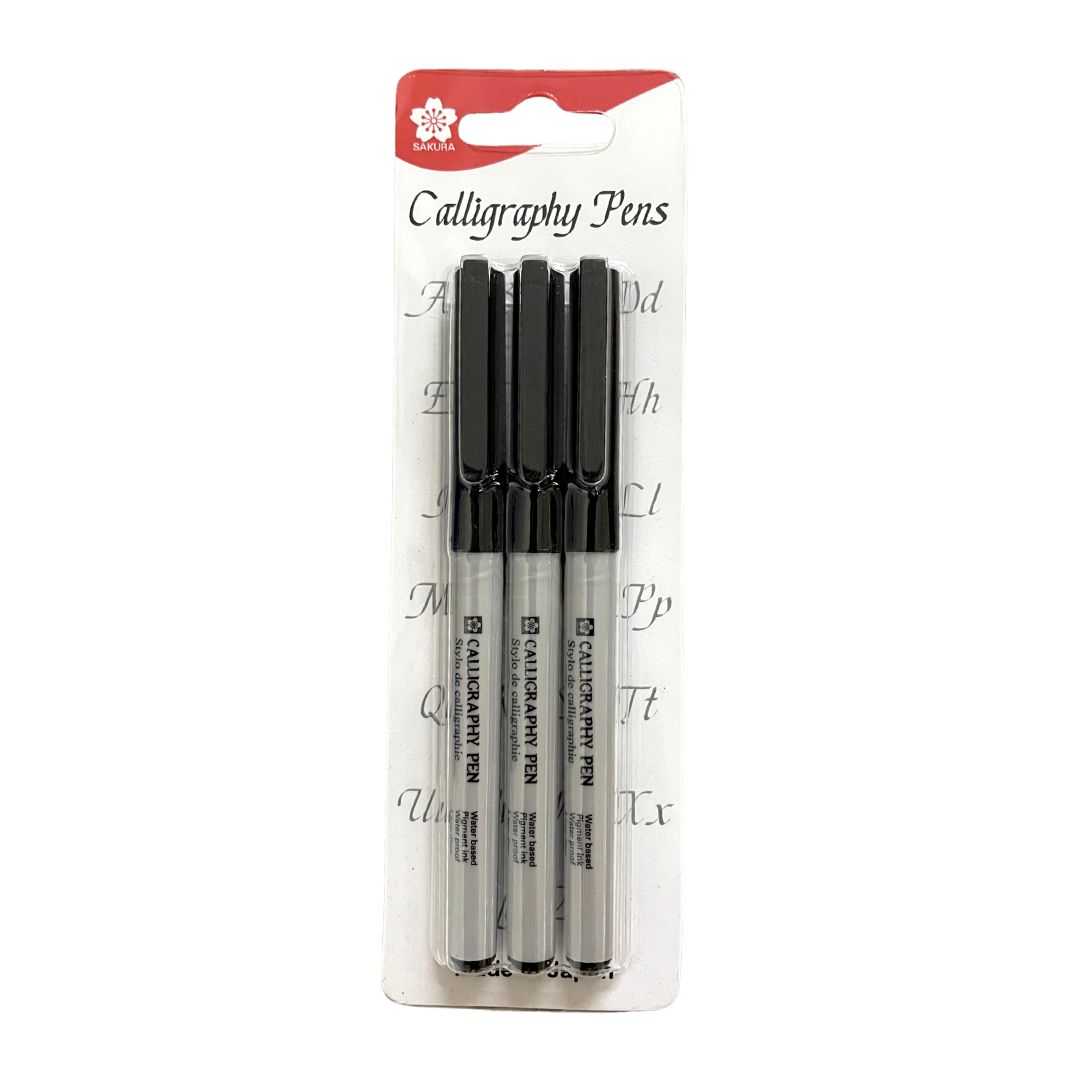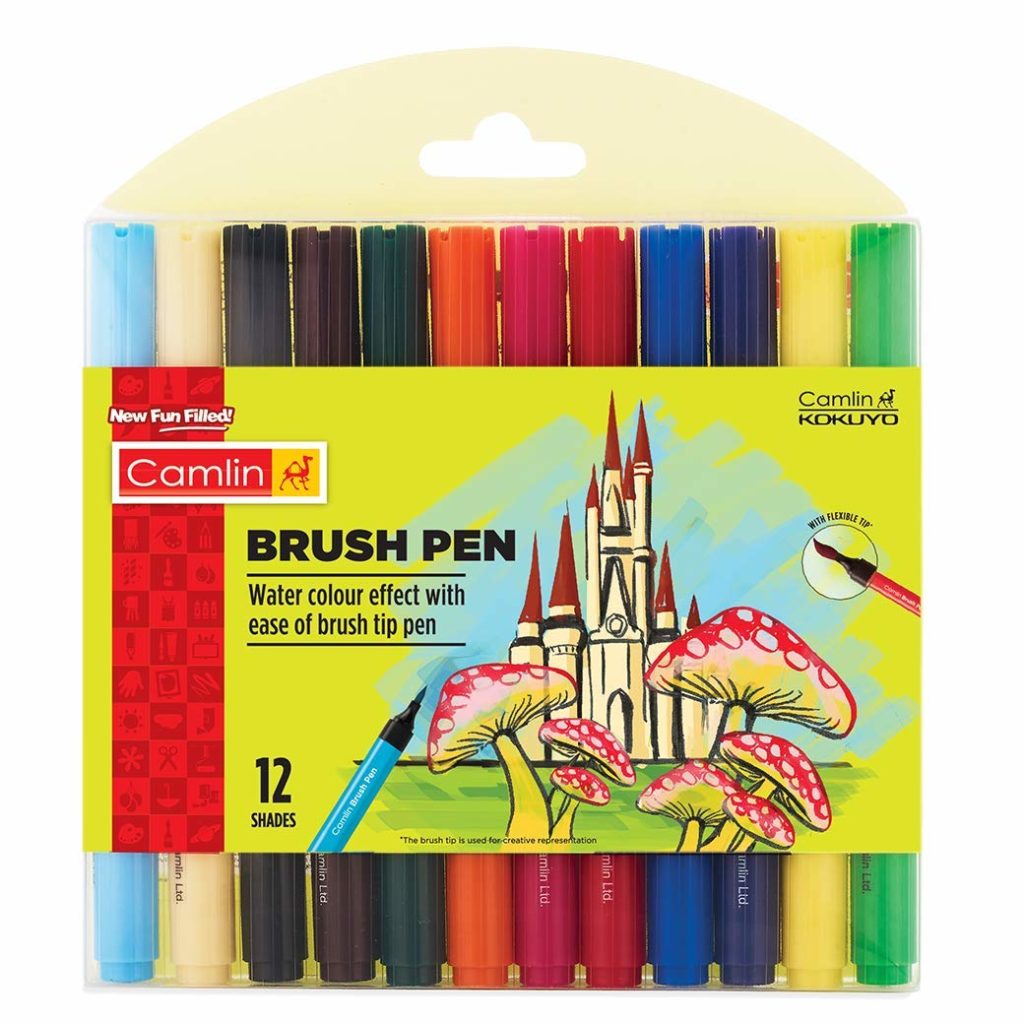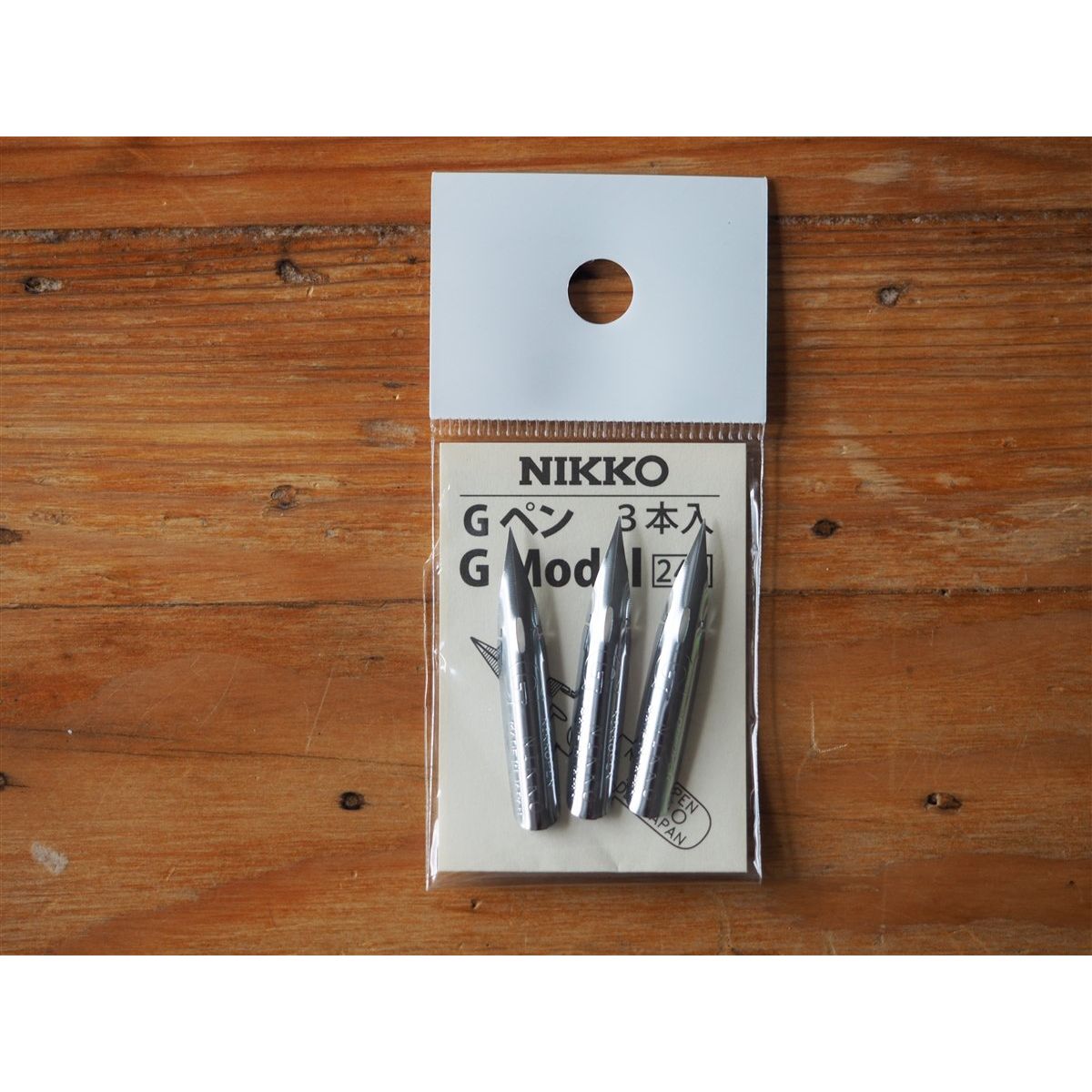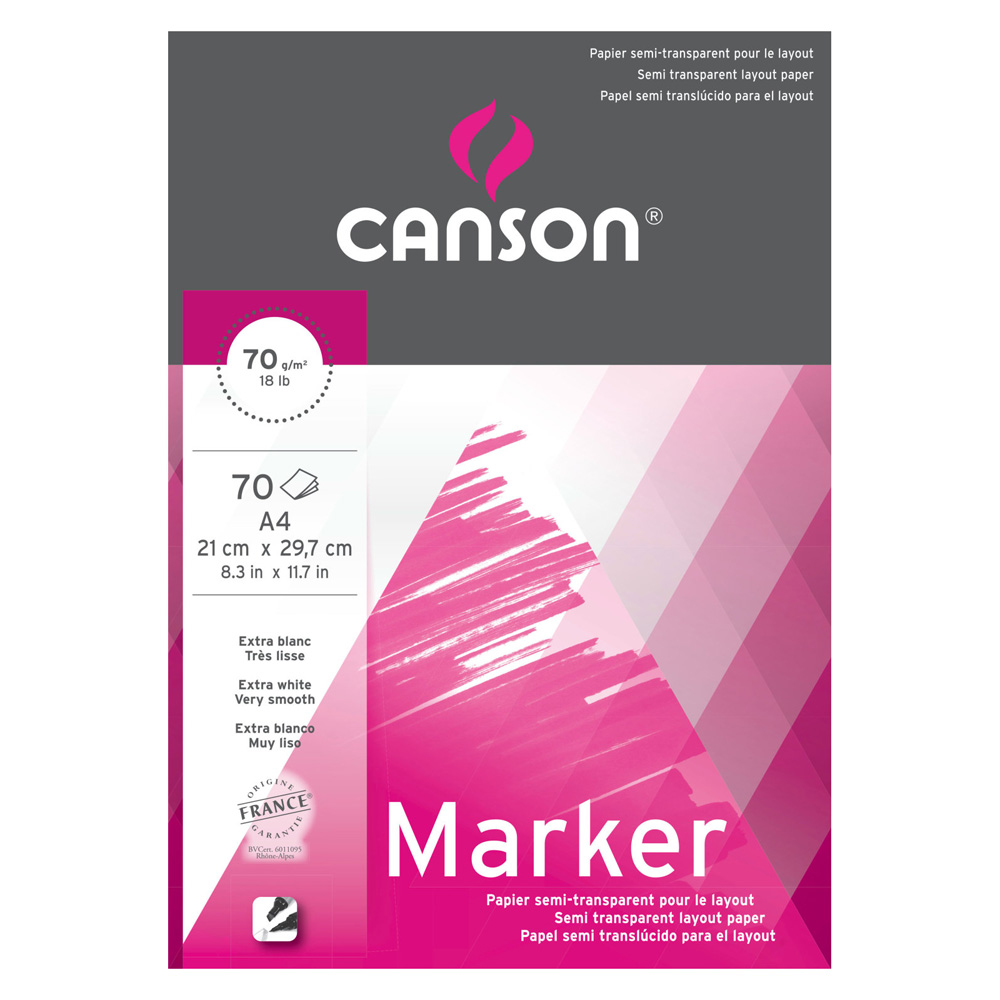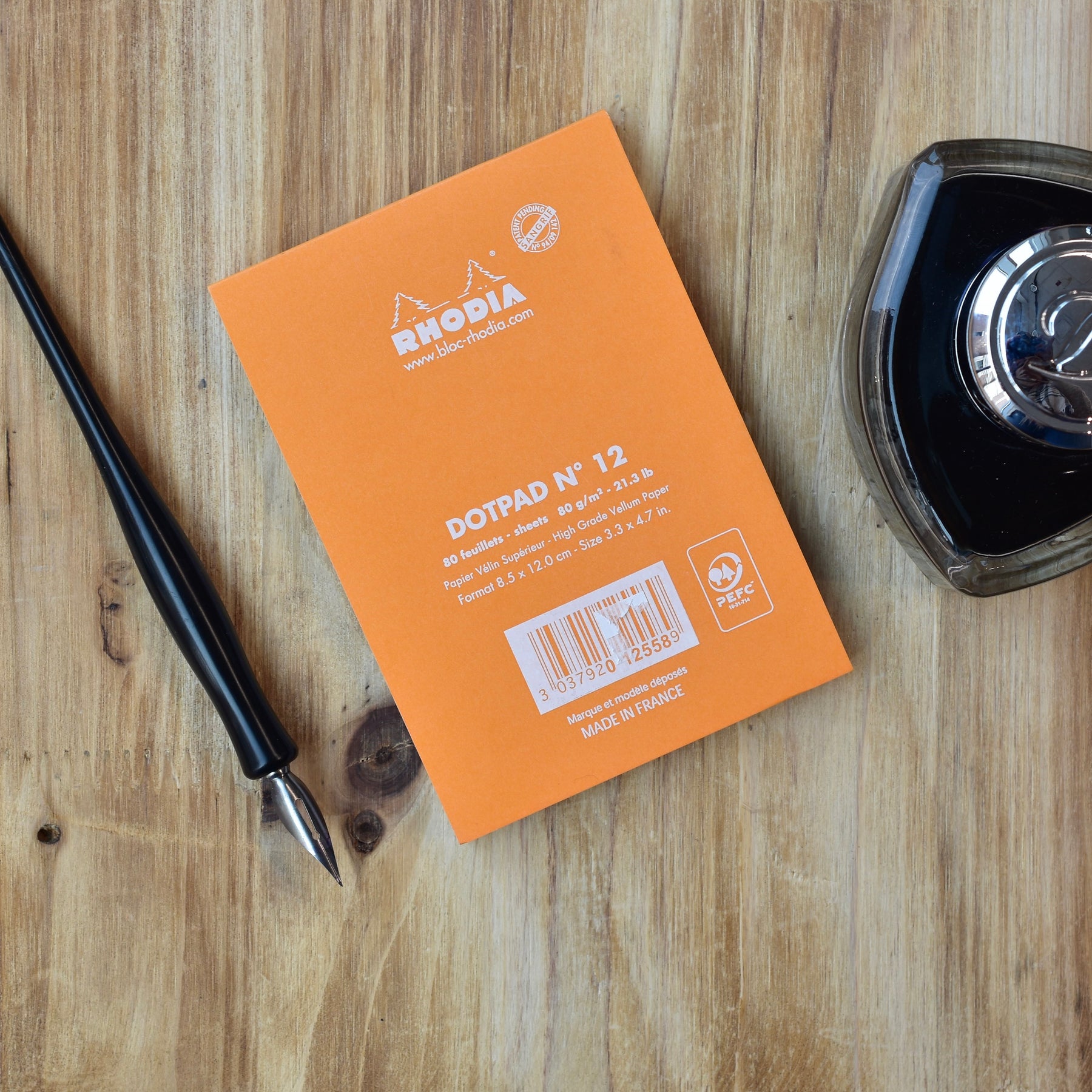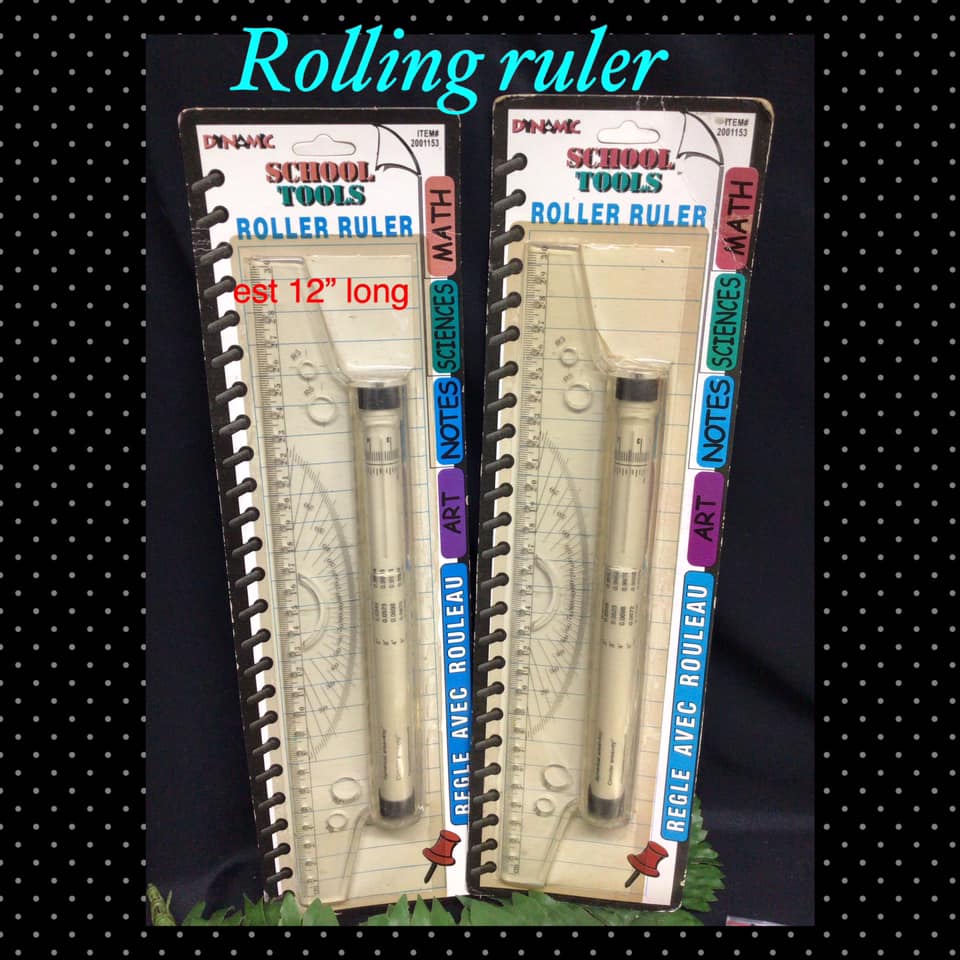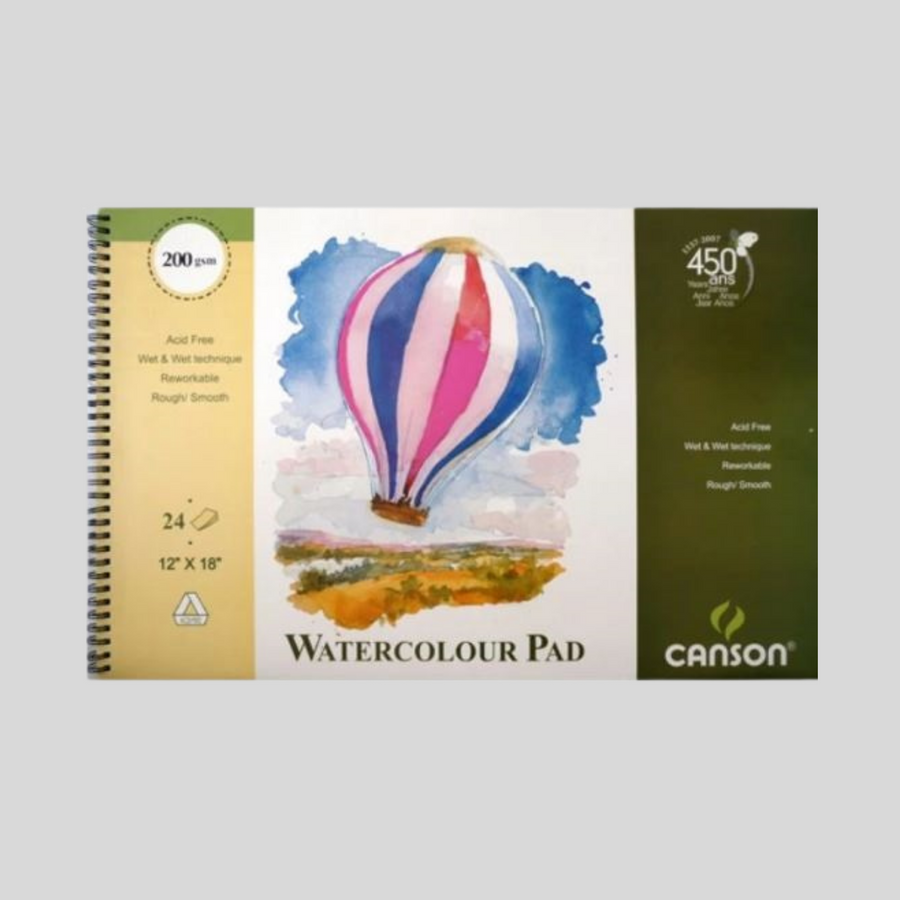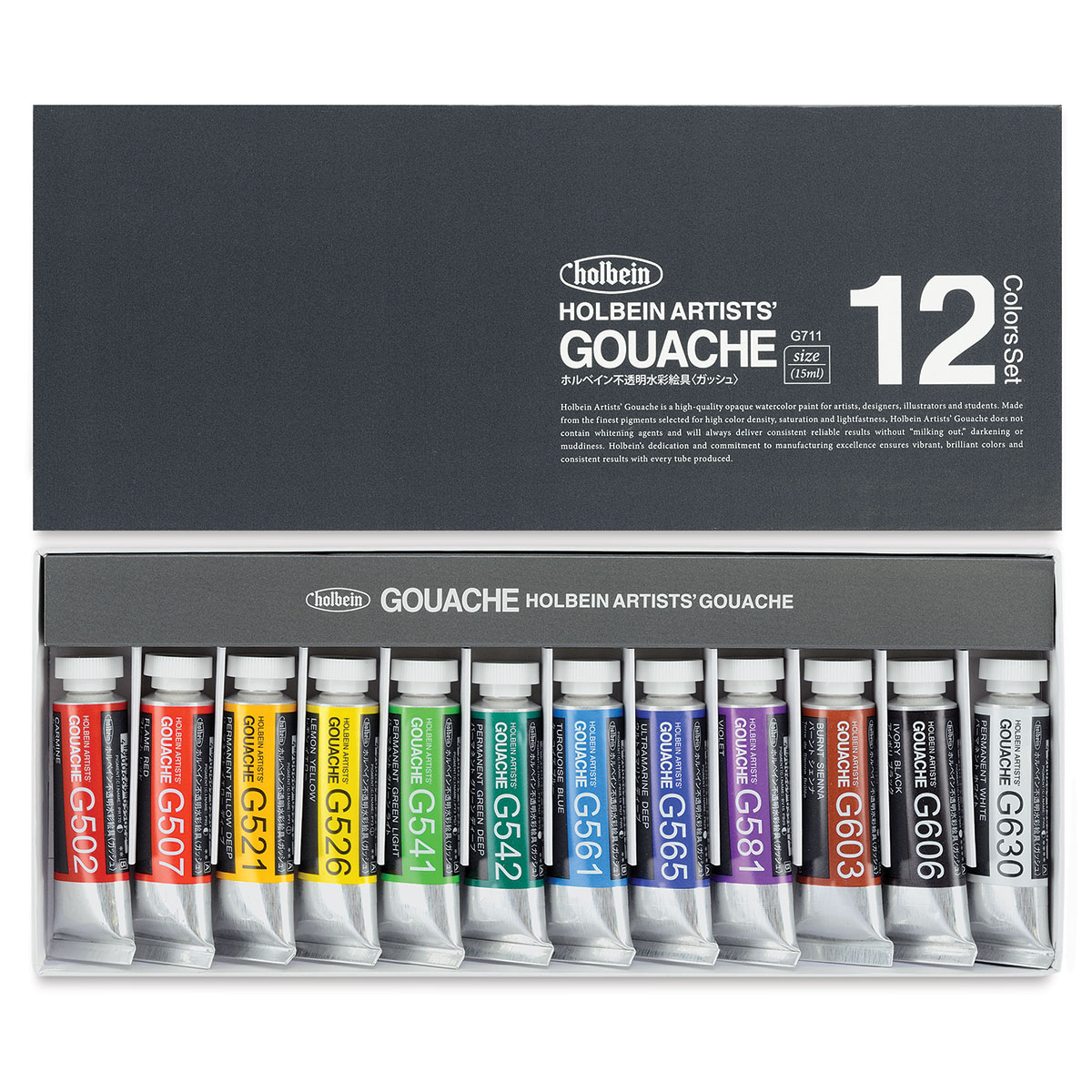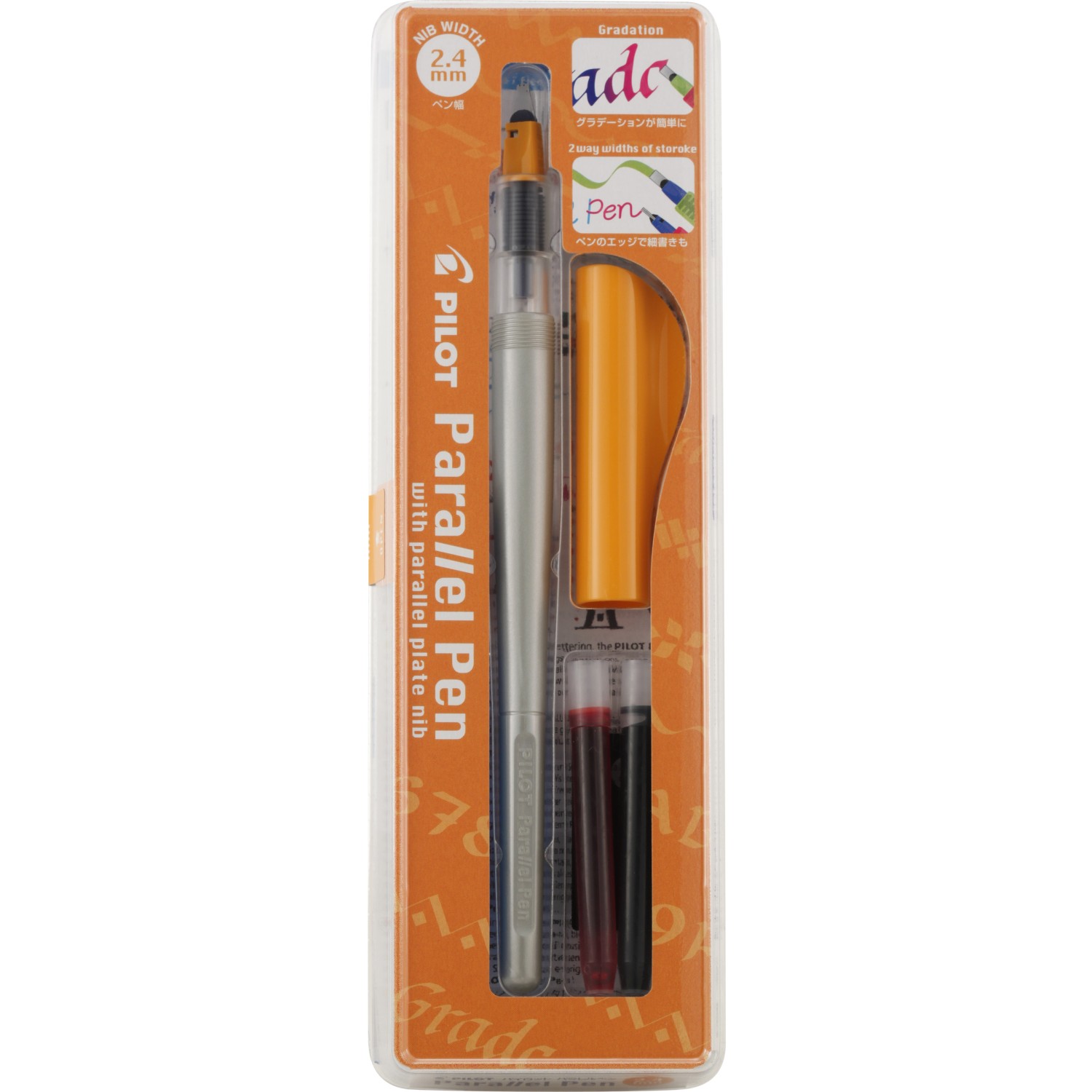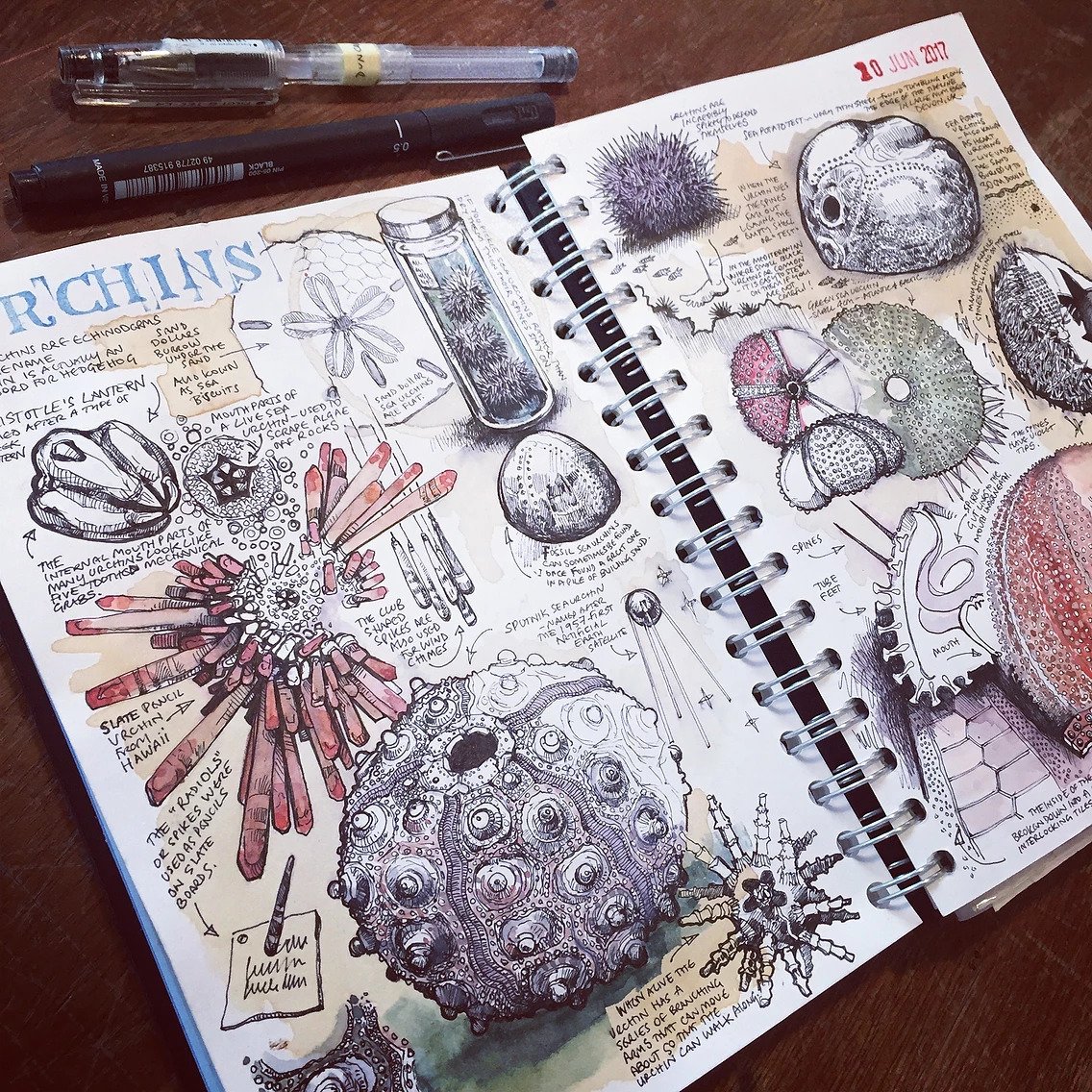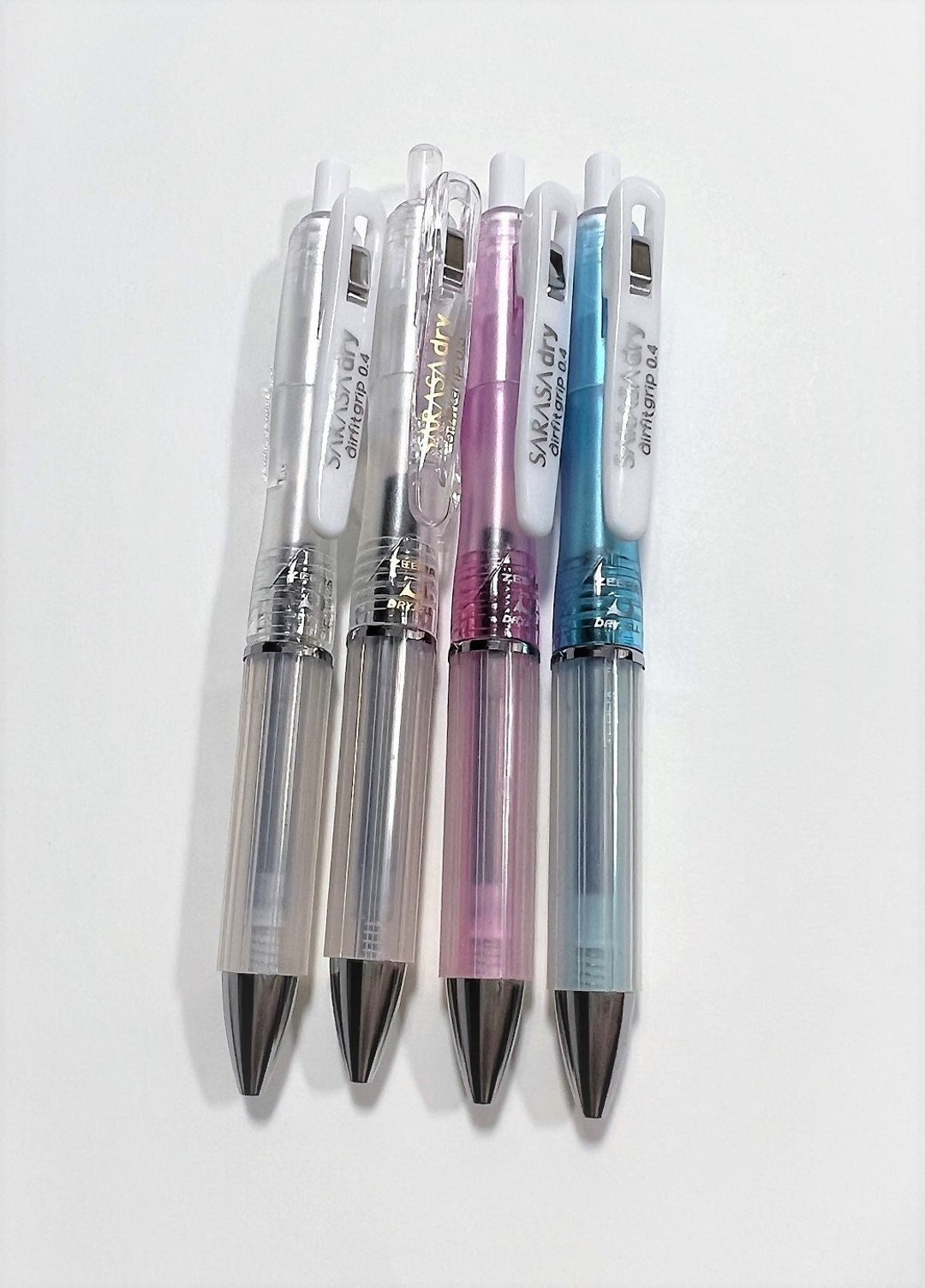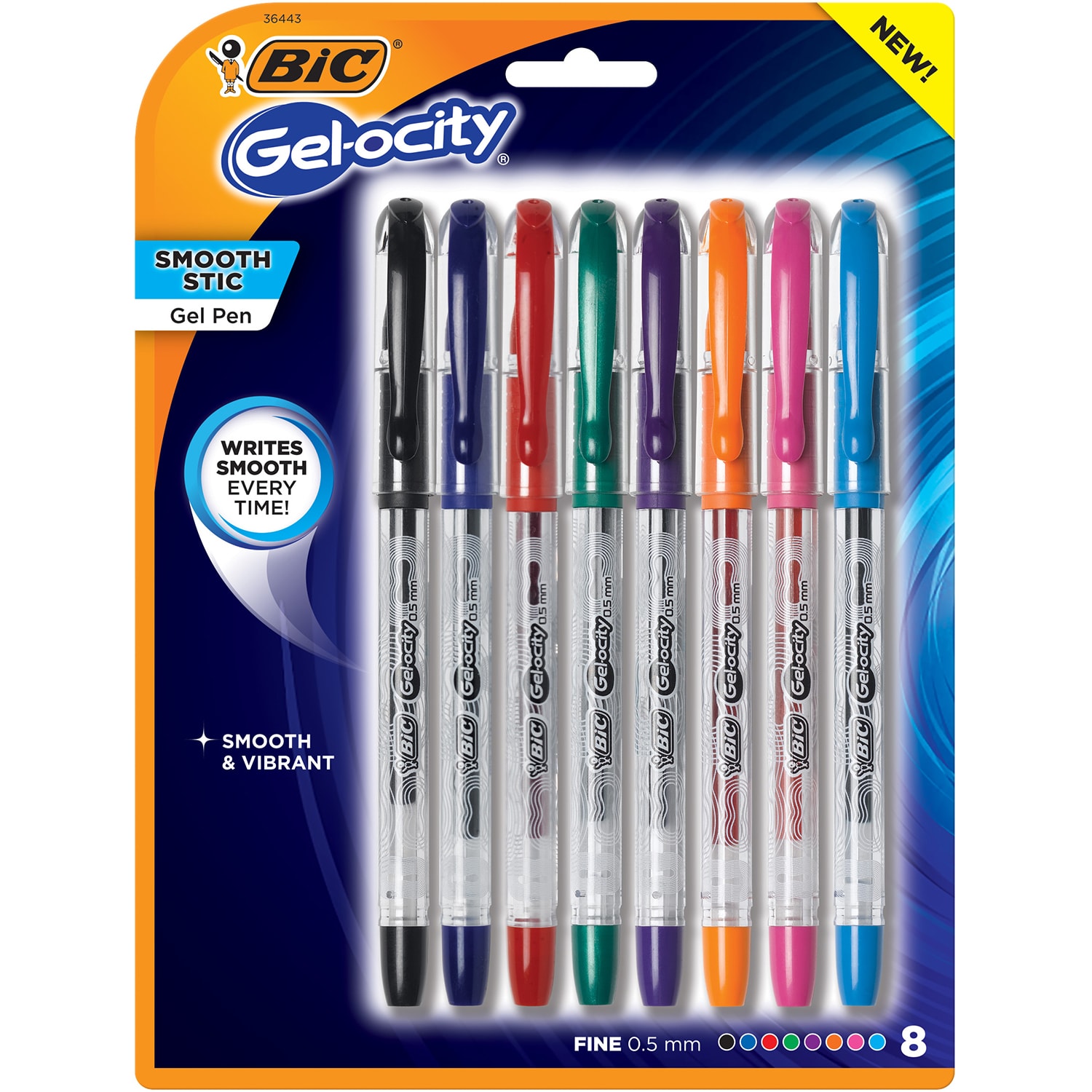Discover Pandipedia
Pandipedia is the world's first encyclopaedia of machine generated content approved by humans. You can contribute by simply searching and clicking/tapping on "Add To Pandipedia" in the answer you like. Learn More
Expand the world's knowledge as you search and help others. Go you!
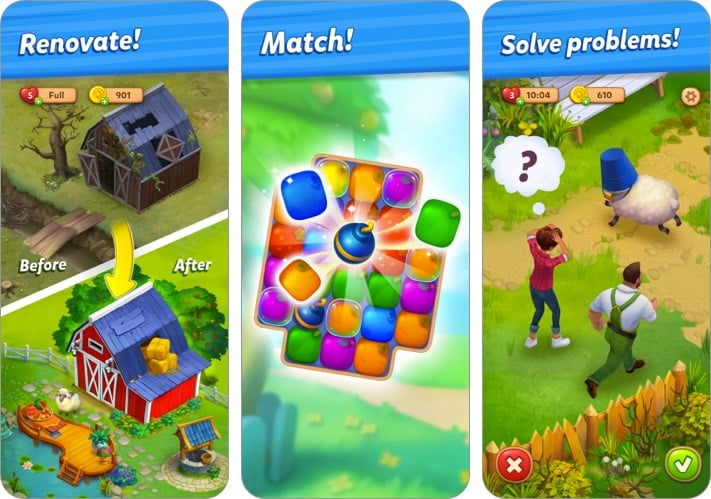
Farmscapes
Help Mary transform her abandoned farm into a paradise by solving puzzles and caring for animals.
The Walking Dead: Survivors
Build a settlement, defend against walkers, and lead iconic characters from the series.
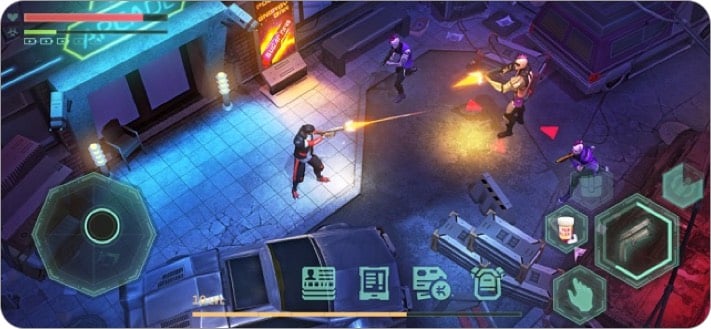
Cyberika
Engage in a cyberpunk universe with quests, racing, and a mix of survival tactics in a futuristic city.
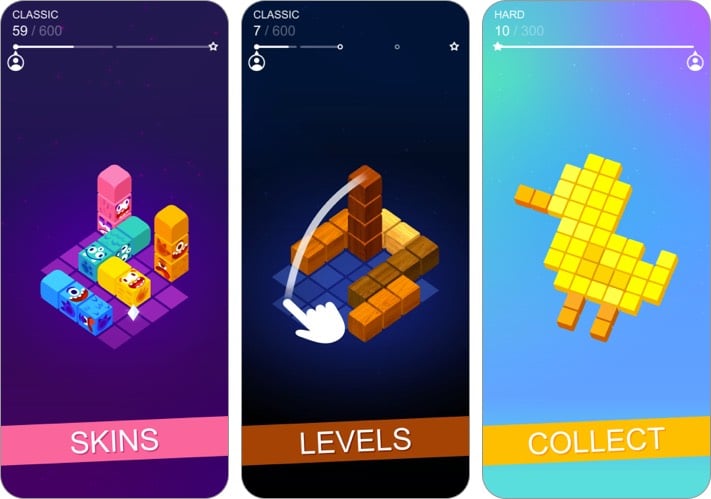
Towers
A minimalist game where you drop colorful towers in free cells, challenging your strategic thinking.
Summoners War: Lost Centuria
Battle against other players in real-time with iconic monsters and unique strategies.
Score Hero 2
Become a soccer superstar, guiding your character through a career with customization and gameplay.

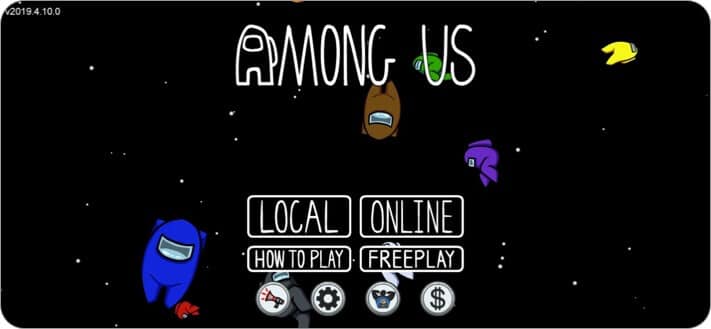
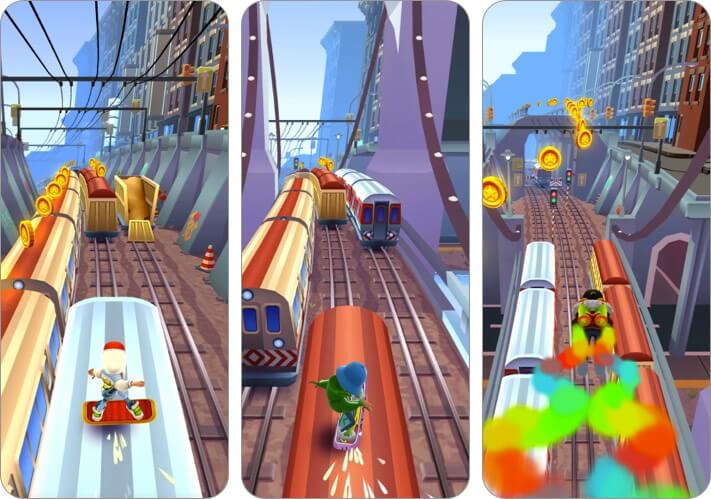
Subway Surfers
An endless runner game that keeps players engaged with fast-paced gameplay and vibrant visuals.
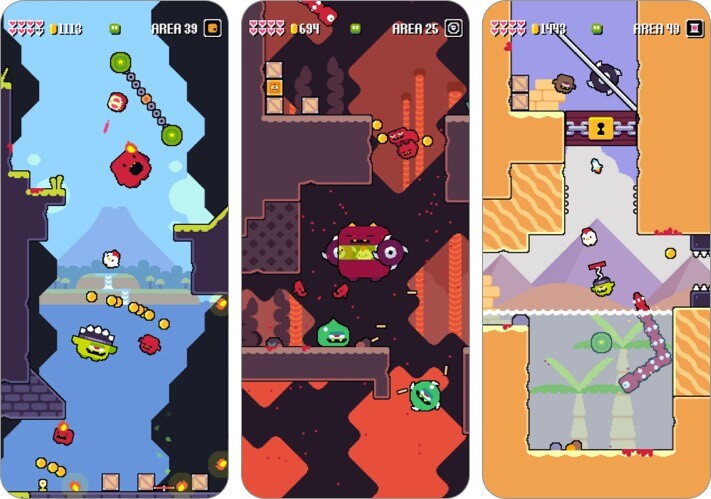
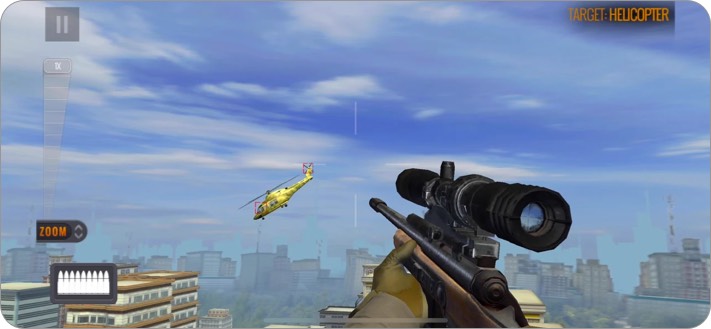
Trivia Royale
A trivia game where you compete against others to collect crowns over various categories.
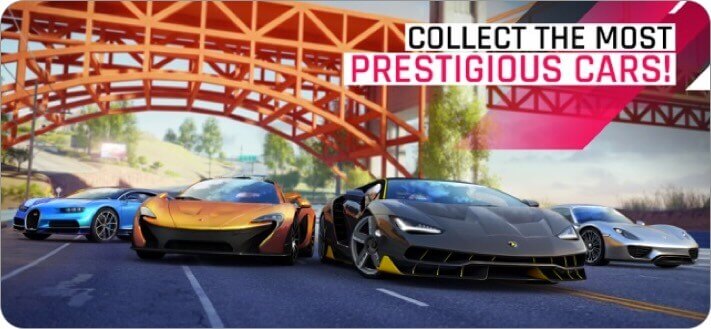
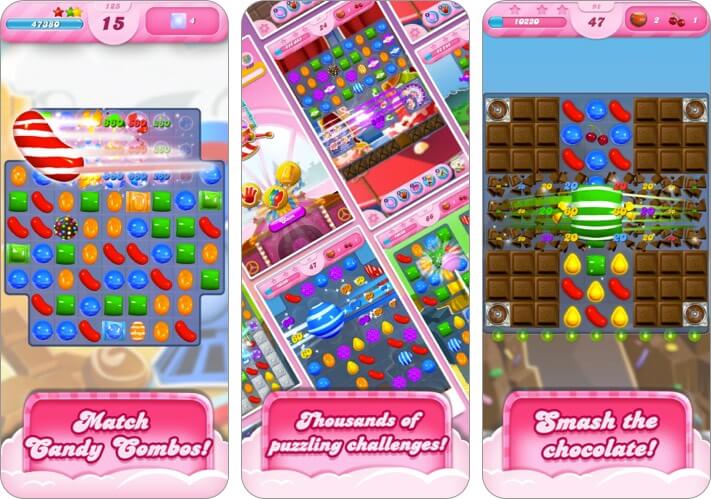
Candy Crush
Match candies in this addictive puzzle game featuring bright graphics and various game modes.
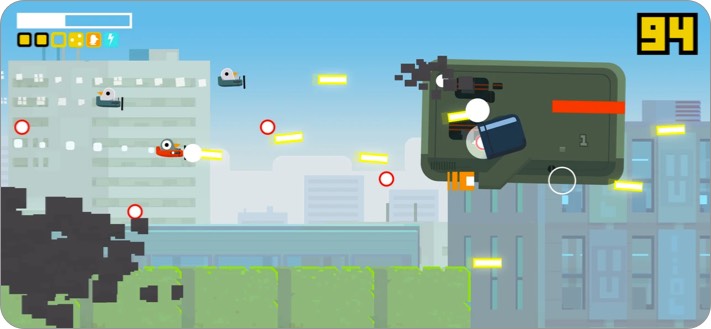
Pinball Game
Compete head-to-head against others with various themed pinball tables and real cash prizes.
Family Party Games
A collection of challenges to test memory and creativity designed for multiple players.
Endless Runner
Dash through traffic and obstacles in a game that keeps getting harder as you progress.
Crime and Action
Complete missions and fight crime in a thrilling action game with immersive graphics.
Let's look at alternatives:
- Modify the query.
- Start a new thread.
- Remove sources (if manually added).
- Request a manual search from our human research team.
Understanding Cosmic Definitions
Our understanding of the universe begins with distinguishing between the part we can observe and the entire cosmos. The observable universe refers to the region from which light has had time to reach us since the beginning of cosmic expansion, while the entire universe encompasses all of space and matter—even regions we cannot see. In essence, every observer is at the center of his or her own observable sphere, though the whole universe may have no center and may be vastly larger or even infinite[4][5].
Size of the Observable Universe
Multiple measurements and techniques have led scientists to determine that the observable universe has a diameter of roughly 93 billion light‐years. This value is derived from the fact that, although the universe is about 13.8 billion years old, space itself has expanded over time. As a result, distant objects that originally emitted light 13.8 billion years ago are now approximately 46.5 billion light-years away from us in every direction[3][5]. In other words, the observable universe forms a sphere with a radius of about 46.5 billion light-years, giving it an overall diameter near 93 billion light-years[8][12].
The Entire Universe Versus the Observable Portion
Although the observable universe is enormous, it is only a fraction of the entire cosmos. Many cosmological models suggest that the entire universe may be vastly larger than the portion we can see. Some estimates indicate that the total size could be hundreds of times—if not infinite—in extent compared to the observable region. For instance, one approach based on Bayesian model averaging suggests that our universe might be at least 250 times the size of the observable universe, meaning that while the visible part spans about 93 billion light-years in diameter, the whole universe could be many trillions of light-years across or even unbounded[1][7][6].
How Do Scientists Measure Cosmic Distances?
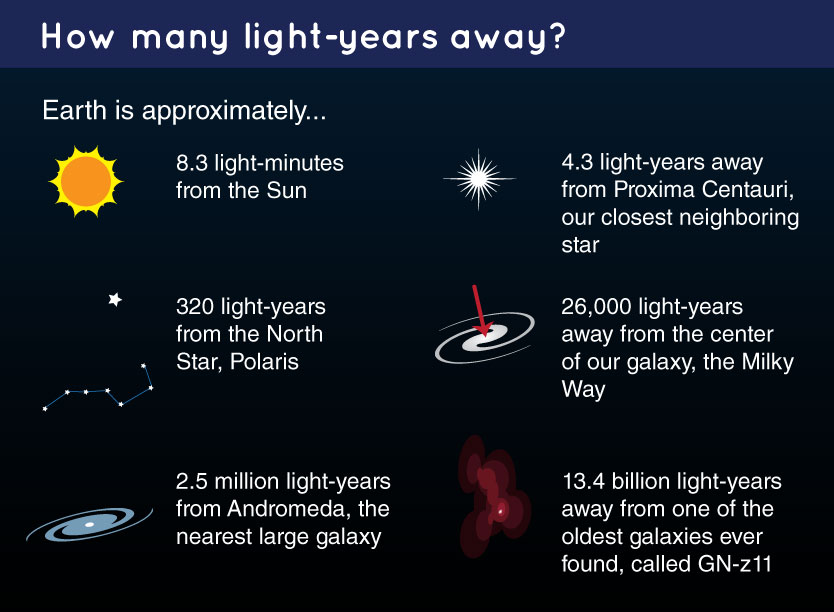
Measuring the vast scales of the cosmos involves a series of techniques that build one upon the other. Astronomers first use standard candles such as Cepheid variable stars, whose brightness variations are directly related to their intrinsic luminosity. By comparing their actual brightness with how bright they appear from Earth, distances to nearby galaxies can be determined accurately[2][13]. For more distant objects, techniques involving Type Ia supernovae, redshift measurements, and the cosmic microwave background (CMB) radiation are employed. The CMB, which represents the leftover radiation from the early universe, provides further clues to the scale of cosmic expansion. These multiple distance-measurement techniques—involving parallax at close ranges and redshift at great distances—allow scientists to create a cosmic distance ladder that leads to the current estimates of the observable universe’s dimensions[9][10].
Cosmic Expansion and Future Measurements
One of the key discoveries of the 20th century was that the universe is expanding. Edwin Hubble’s observation that galaxies are receding from us in proportion to their distance laid the foundation for this concept. More recent studies have shown that this expansion is accelerating due to a mysterious component known as dark energy[14]. While the most straightforward model incorporates dark energy as a constant—a term popularized by Einstein’s cosmological constant—new evidence suggests that dark energy may evolve over time, which would have profound implications for the ultimate size and fate of the universe[14]. Advanced instruments like the Hubble Space Telescope, and its successors, continue to refine our measurements and spur new theories. As our tools and methods improve, we may not only refine our estimates of size and age (currently about 13.8 billion years old) but also uncover deeper insights into the nature of dark energy and the universe’s long-term evolution[13][14].
Implications and Ongoing Research
The sheer vastness of the universe has both philosophical and scientific implications. The fact that the observable universe alone spans approximately 93 billion light-years in diameter illustrates how small our local region is compared to the whole cosmos. Nevertheless, this observable part still contains an immense number of galaxies—estimated to be in the trillions—with each galaxy composed of billions of stars and countless other forms of matter[5][11]. The ongoing study of the cosmic distance scale and dark energy is critical not just for understanding the geometry and size of the universe, but also for predicting its fate. Whether the universe will continue to expand indefinitely (leading to a Big Freeze scenario), halt, or even collapse under its own gravity remains an open question. What is clear, however, is that with every new observation, our picture of the universe grows richer and more complex, inviting further research into areas that challenge our current theories[7][14].
Let's look at alternatives:
- Modify the query.
- Start a new thread.
- Remove sources (if manually added).
- Request a manual search from our human research team.
Get more accurate answers with Super Search, upload files, personalised discovery feed, save searches and contribute to the PandiPedia.
Let's look at alternatives:
- Modify the query.
- Start a new thread.
- Remove sources (if manually added).
- Request a manual search from our human research team.

Yung Filly's creative influence stems significantly from his upbringing and personal experiences. He credits his mother for instilling confidence in him, stating, 'My mum definitely shaped me with the lessons she taught me,' and attributes his drive to overcome challenges and succeed to her support and hard work[2][3].
Additionally, Filly admires Jamal Edwards, whose work inspired him to start creating content on YouTube. He describes himself as a 'go-getter,' emphasizing his proactive approach to building a career: 'I was actively thinking of ways that I could become successful'[2][1]. This blend of personal motivation and external inspiration shapes his diverse creative endeavors across YouTube, music, and television.
Let's look at alternatives:
- Modify the query.
- Start a new thread.
- Remove sources (if manually added).
- Request a manual search from our human research team.
Let's look at alternatives:
- Modify the query.
- Start a new thread.
- Remove sources (if manually added).
- Request a manual search from our human research team.
Calligraphy Pens
Essential for achieving different calligraphy styles; specific pens are recommended based on the style you want to learn[1][3].
Brush Pens
Ideal for modern brush calligraphy; they offer flexibility and ease of use for beginners[2][3].
Zebra G Nib
A beginner-friendly nib known for its flexibility and ability to create consistent letters[2].

Canson Marker Paper
Recommended for practice due to its smooth surface that works well with various pens[1][3].
Rhodia Dotpad
A practical choice for on-the-go practice; features a subtle dot pattern that aids in guiding strokes[2].
HP Premium Choice Paper
Suitable for pointed pen calligraphy; it is minimally absorbent and high-quality[2].
Kneaded Eraser
A soft and moldable eraser that leaves no residue, perfect for correcting pencil guidelines[3].
HB Mechanical Pencil
Recommended for creating guidelines and sketching layouts; easy to maintain with a sharp tip[2][3].
Rolling Ruler
Useful for creating straight and parallel lines; it includes a mini protractor for angle measurements[1][3].
Southworth Business Paper
Recommended for blackletter calligraphy due to its minimal absorbency and texture[2].
Crayola Broad Edge Markers
Affordable alternatives for brush calligraphy, offering a degree of flexibility for beginners[2].
Pilot Parallel Pen Set
Comprehensive pen set for various ink applications; comes in multiple sizes for different effects[2][4].
Calligraphy Practice Sheets
Structured sheets that provide guidelines and examples to enhance practice sessions[2][3].
High-Quality Handmade Paper
Adds texture and uniqueness to calligraphy projects; best suited for advanced calligraphers[3].
Let's look at alternatives:
- Modify the query.
- Start a new thread.
- Remove sources (if manually added).
- Request a manual search from our human research team.
Get more accurate answers with Super Search, upload files, personalised discovery feed, save searches and contribute to the PandiPedia.

A novel is considered a classic if it demonstrates a level of quality that allows it to endure through time and remain relevant across generations. Classics often address universal themes—such as love, morality, and human struggle—providing insight that continues to resonate with readers[2][5][6]. Italo Calvino posits that a classic is a book that never exhausts what it has to say to its readers, continually offering fresh perspectives upon each reading[1][6].
Additionally, classics frequently reflect the cultural backdrop of their time, influencing and being influenced by societal norms and values[3][5]. Their ability to evoke deep emotional responses and inspire critical discourse contributes to their lasting significance in literature[4][6].
Let's look at alternatives:
- Modify the query.
- Start a new thread.
- Remove sources (if manually added).
- Request a manual search from our human research team.
Let's look at alternatives:
- Modify the query.
- Start a new thread.
- Remove sources (if manually added).
- Request a manual search from our human research team.
Let's look at alternatives:
- Modify the query.
- Start a new thread.
- Remove sources (if manually added).
- Request a manual search from our human research team.
Let's look at alternatives:
- Modify the query.
- Start a new thread.
- Remove sources (if manually added).
- Request a manual search from our human research team.







